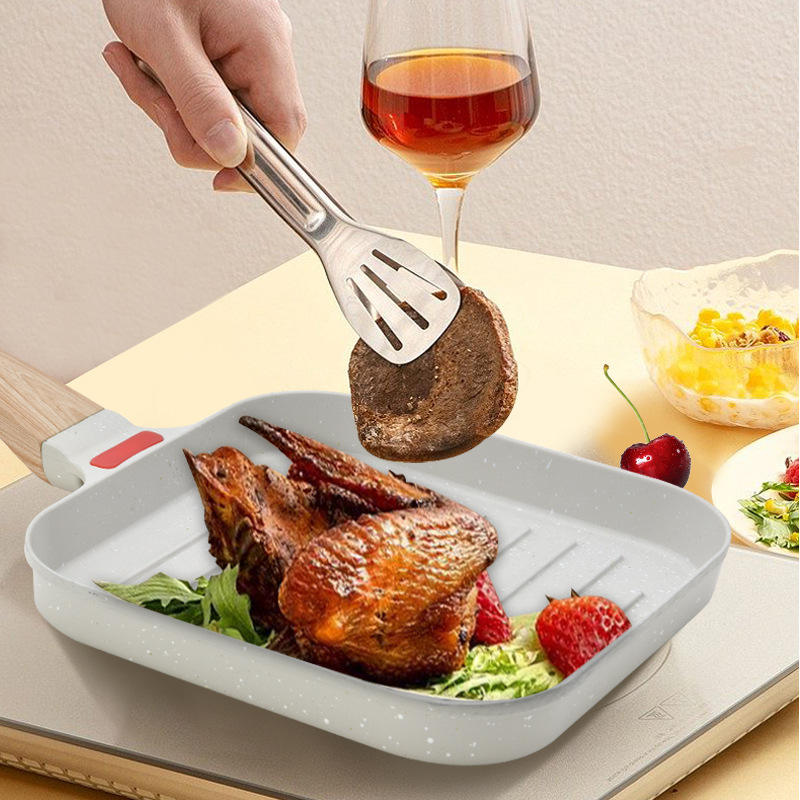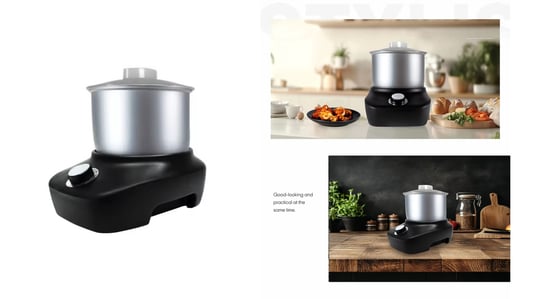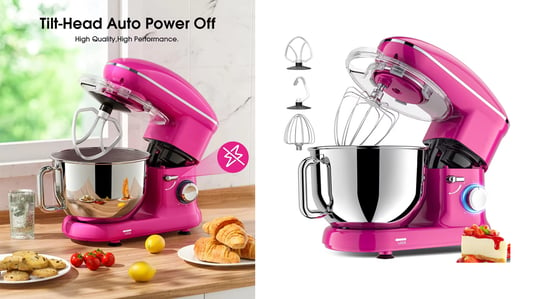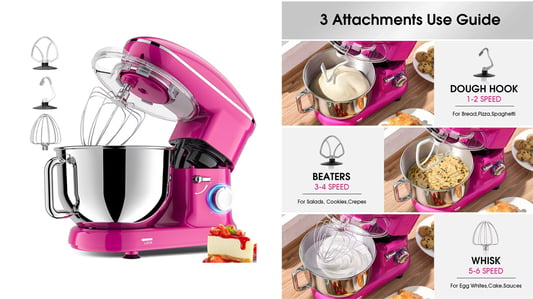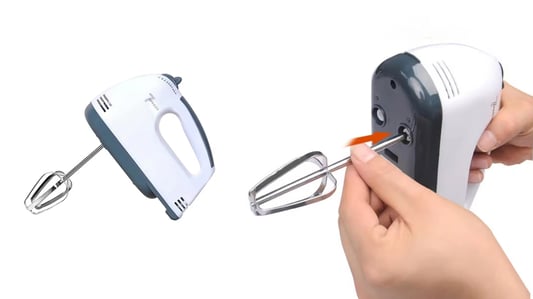Convenient CookingElectric pots offer an easy and convenient way to prepare delicious meals with minimal effort. Simply add your ingredients, set the temperature, and let the pot do the work for you. This is great news for those who are too busy or lazy to spend hours in the kitchen.Energy EfficiencyCooking with an electric pot is not only convenient, but also energy efficient. These pots use less energy compared to stovetop cooking, helping you save on your electricity bills. With a simple plug-in-and-cook system, you can enjoy a hot meal without worrying about excessive energy consumption.Flavorful MealsContrary to popular belief, cooking with an electric pot can also result in delicious and flavorful meals. The slow cooking process allows the flavors to develop and intensify, resulting in rich and tasty dishes that will impress even the pickiest eaters. Say goodbye to bland and boring meals - with an electric pot, you can enjoy restaurant-quality food at home.Versatile OptionsElectric pots come in a variety of styles and sizes, offering versatile options for different cooking needs. Whether you're looking to make soups, stews, rice dishes, or even desserts, there is an electric pot that can help you achieve your culinary goals. With programmable settings and multiple cooking functions, you can experiment with different recipes and techniques without any hassle.Time-Saving SolutionCooking with an electric pot can be a time-saving solution for busy individuals who struggle to find time to cook. With a set-it-and-forget-it approach, you can prepare meals in advance and let the pot do the rest. This is perfect for those who have hectic schedules or simply prefer to spend their time on other activities besides cooking.Healthy ChoicesFor health-conscious individuals, cooking with an electric pot can be a great way to make healthy choices without sacrificing flavor. By using fresh and wholesome ingredients, you can create nutritious meals that are free from preservatives and additives. With the slow cooking process, you can retain more nutrients in your food, making it a smart choice for those looking to maintain a balanced diet.Easy CleanupOne of the biggest advantages of cooking with an electric pot is the easy cleanup process. Most electric pots come with removable, non-stick cooking inserts that are dishwasher safe, making cleanup a breeze. Say goodbye to scrubbing pots and pans - with an electric pot, you can enjoy a delicious meal without the added stress of cleaning up afterwards.Affordable OptionInvesting in an electric pot is an affordable option for those looking to upgrade their kitchen equipment. With a wide range of prices to choose from, you can find an electric pot that fits your budget without compromising on quality. This makes it a cost-effective solution for individuals who want to enjoy home-cooked meals without breaking the bank.Creative CookingCooking with an electric pot can inspire creativity in the kitchen, allowing you to experiment with new ingredients and recipes. Whether you're a novice cook or a seasoned pro, the versatility of an electric pot can open up a world of culinary possibilities. Try out different flavor combinations, cooking techniques, and cuisines to elevate your cooking skills and impress your friends and family.Social SharingWith the rise of social media, cooking with an electric pot can also be a great way to share your culinary creations with others. Take photos of your delicious meals, share recipes online, and connect with fellow food enthusiasts who appreciate the convenience and deliciousness of electric pot cooking. Join the growing community of electric pot enthusiasts and discover new ways to enjoy cooking at home.Quote Inquirycontact us

